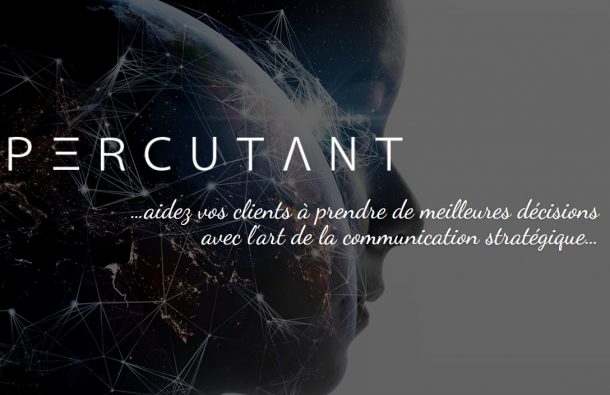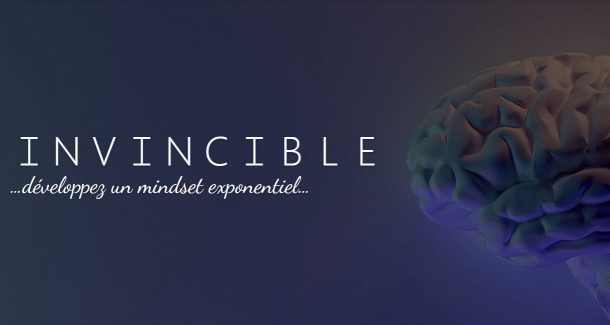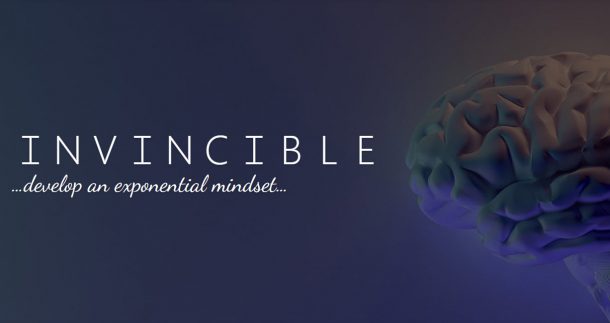In my previous blog post, I explained that there are as many strategies as there are entrepreneurs. There’s no magic recipe, and the strategy that works is the one that matches your personality, your communication style, your abilities, and your natural talents. Success comes when we are authentic.
I wanted start with this reminder because too often I meet entrepreneurs who are trying out several strategies doing exactly what they read in a book or heard at a conference, without taking the time to ask themselves if the idea is good for them, for their business, and for their clients.
A good strategy must be a 3-times winner:
- A win for you: it must be consistent with who you are and where you want to go.
- A win for your business: it must help your business evolve in the direction you want it to go.
- A win for your clients: it must lead you to provide them with the best advice at the right time for them so that they can achieve their goals and realize their dreams.
This month and next month, I’ll cover discuss two marketing approaches. Both work, but only if they are a 3 part win. So, before you take action, take the time to reflect and strategize.
Now, let’s go!
In marketing, there are one-to-one strategies and one-to-many strategies. Ideally, you integrate both types of approaches in your marketing to really be effective.
One-to-one strategy
Whatever the service and the industry, humans do business with humans. Some say to me, “I don’t do business with individuals; companies are my ideal client.” Even if this is your case, there is a person in this company who takes the decision to do business with you.
As you can guess, one-to-one marketing strategies are delivered one person at a time. Hence the importance of also including one-to-many strategies in your marketing approach, as our time is not an unlimited resource.
These strategies include:
- The client experience;
- Referrals; and
- Centers of influence.
Client experience
According to Siegel+Gale’s Global Brand Simplicity Index, businesses need to rethink the quality of the client experience. Many clients want a more transparent, simpler, and faster engagement from the businesses they deal with. People are short on time, and the businesses who help them save time have a big advantage. Here are some very interesting elements of their report:
- Simplicity is gaining popularity: 64% of consumers are willing to pay more for simpler experiences (think of how Apple devices – iPad, iPhone, etc. – communicate with each other).
- Simplicity builds loyalty: 61% of consumers are more likely to recommend a company because it’s easy to do business with it (everyone loves Apple products, and some are willing to wait for hours to get the latest device).
- Costs of complexity: brands that do not provide simple experience lose a share estimated at $ 86 billion.
- Simplicity inspires: 62% of employees in simple-minded companies are brand champions, compared to just 20% of employees in complex companies (no one likes working in a company where things are complicated).
A survey by American Express reveals that 69% of customers would provide more personal information in exchange for more personalized financial advice, and another study by Accenture shows that 67% of clients would share more data with advisors in exchange for better solutions.
And I could go on and on about different studies showing the importance of providing an excellent client experience. In a business that focuses on that, employees have the latitude and skills to think outside the box to deliver a superior client experience. As a result, we have satisfied clients who, in the end, reward the business with their loyalty. The client experience is something that is designed with attention and intention.
→ Action: Does the client experience you offer live up to your professionalism? How could you create memorable moments for your clients to stand out? What personal touch could you bring to your offer? How could you structure your business to demonstrate your rigor?
Also watch…
How to get your clients to fall in love with you
Referrals.
The art of referral is 50% your state of mind and 50% the technique you use – both are closely related. I am the first to admit that asking a reference to a client can be intimidating: we don’t want to seem to too forward or desperate (we think we are already well paid for our work), we don’t want to take advantage of the situation, etc. The reality is that there are thousands of reasons why your client doesn’t refer your services: they are busy, they don’t know who the ideal client for you is, they forgot… And the most common reason, according to studies and surveys, is simply that they do not know how to refer your services.
A referral is a transfer of trust from a client to someone around him. Your clients put their relationships on the line when they refer you to them; they must be reassured that you have solid expertise and that you offer a great client experience.
A good strategy is to open the conversation when you solve a problem for your client and explain the types of solutions you offer and how you can help other people he or she knows.
→ Action: Have you clearly determined the profile of your ideal client? What need do you answer or what problem do you solve for your clients (concretely)? How and when do you discuss referrals with your clients?
Centers of influence
I like to get people to think differently with the centers of influence. Instead of just considering these professionals as people who could refer you to people, see them as tools in your toolbox to better serve your clients.
Many of your clients are business owners? Then, why not build a strategic alliance with a business appraiser? Do you serve a clientele of future retirees? You may have contact information for a real estate broker working in the United States or Europe.
Build business relationships with other professionals serving the same type of clients. They will be sources of information and expertise that will help you better serve your clients (hence, positioning you as the “trusted” professional) and possibly refer your services to new clients.
→ Action: Evaluate your circle of centers of influence. What expertise could you add to it? Are they up to your level of professionalism? How could you establish regular contact with your centers of influence? Could you start collaborative projects with some of them?
Also watch…
A different way of thinking about centers of influence
Now, it’s your turn!
You can’t delegate one-to-one marketing strategies. Indeed, no one can design the client experience you want to offer (your team will ensure its implementation, but you must be the designer).
In the same way, no one can ask for referrals for you: you are the expertise, the heart, and soul of your business practice.
No one can build business relationships with the centers of influence for you: you are the focal point of your business.
Do not miss our next blog. I will introduce the second type of marketing approach, one-to-many strategies. See you soon!

P.S. When you’re ready, here are some ways I can help you design your success






